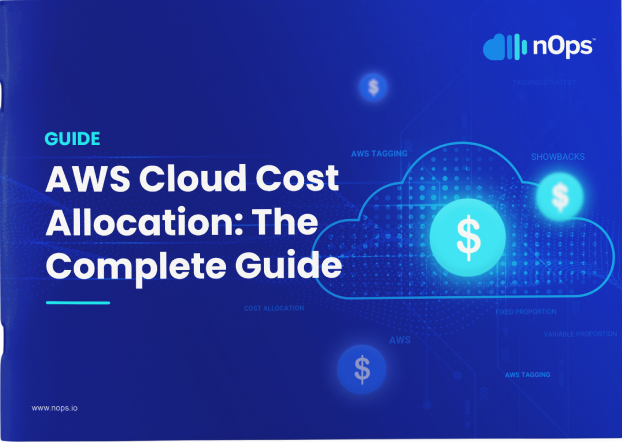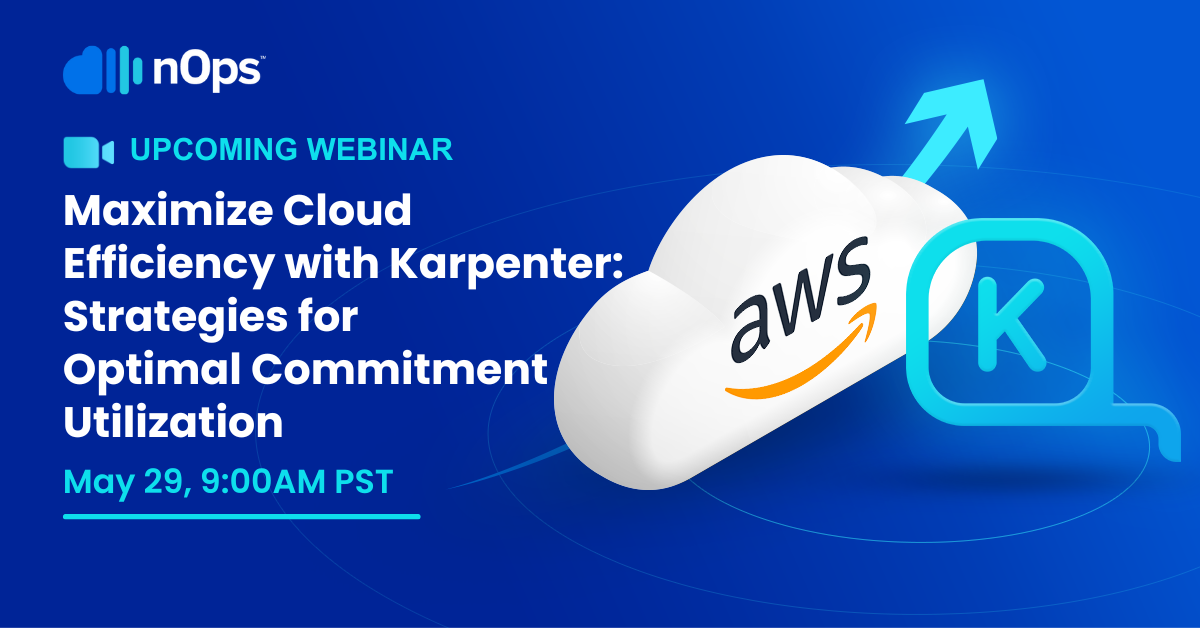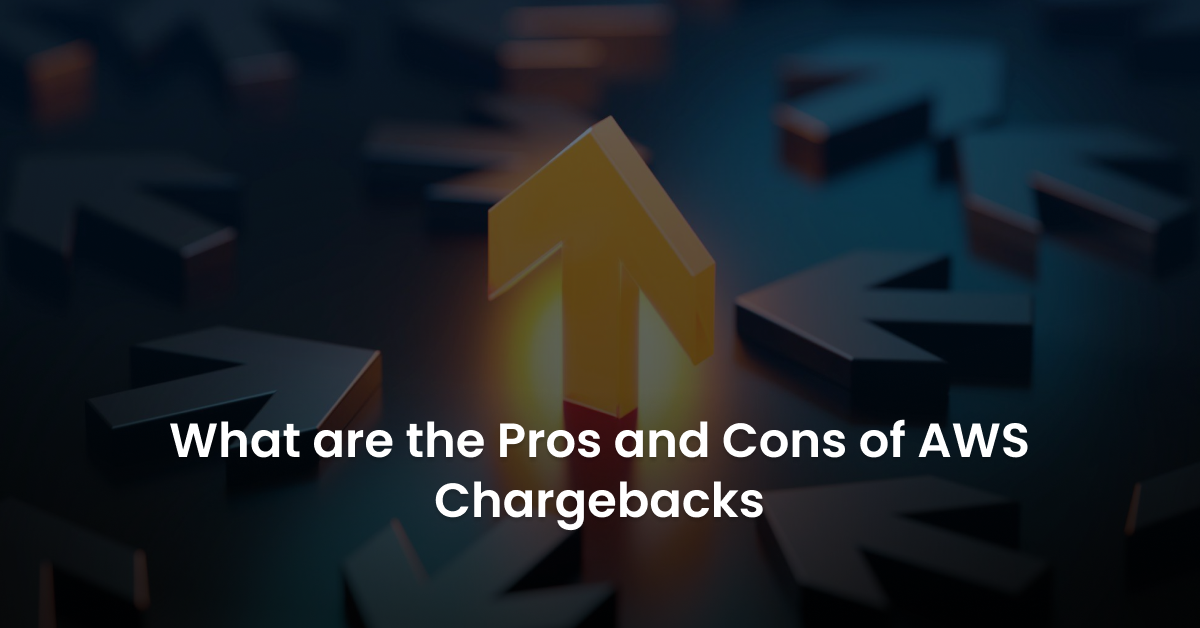AWS (Amazon Web Services) chargeback is an IT financial management strategy of recovering costs from different business units according to their spending. It allocates the cost of AWS services to the business unit where your business needs them.
AWS chargeback occurs when you charge each business unit on your main account according to how much they have spent. The idea behind AWS chargebacks is to have each business unit responsible for its spending.
This article will explore the pros and cons of AWS chargebacks.
Pros
Some of the benefits of AWS chargebacks include:
Promotes Total Accountability
Running an accountable organization is imperative to success. You need an IT department that takes responsibility for all their actions, which extends up to spending.
When you charge each business unit independently, you create a culture of responsibility for your business. Your employees cannot go about misusing the organization’s resources, as they are bound to the business unit they originated from.
Customers or independent business units can see how costs build up and where they arise.
Helps Recover IT Costs from Different Departments
If different business units operate independently, it’s easy to recover costs from each of them. All you need is to have a chargeback structure that sends accurate figures to each unit.
Helps IT Departments to Streamline Services to Reduce Costs
AWS chargebacks help reduce cloud costs by a sizeable margin. It allows each business unit or customer to know where charges arise, which prompts the business unit to take action to reduce costs; otherwise, they’ll continue to incur huge costs.
Business units take on more cost optimization tactics such as full resource utilization, using free AWS credits, rightsizing instances, using spot instances for fault-tolerant workloads, and more. Having such efforts from different business units will ultimately reduce your cloud spending by a lot.
With AWS chargebacks, users become more innovative, optimizing their service utilization. As a result, you will notice your resources are working efficiently, teams deferring resource upgrades, and the extended life of existing resources.
Improved Business Value
AWS chargebacks make users in your organization aware of where your business incurs costs. Chargebacks allow the business units to utilize the services and resources that maximize business value while keeping costs as low as possible.
Better Decision Making
AWS chargebacks provide useful metrics that help make better business decisions. You can compare costs between different teams in an organization and make decisions to reduce spending. For instance, you can merge some teams, compare against other cloud providers, and explore outsourcing options if necessary.
Alignment of IT Operations and Expenditure
With AWS Chargebacks, it’s no longer about overhead costs. Business units become more critical of their usage, which promotes business planning, strategy, and streamlining operations with expenditure in mind.
Business units that weren’t aware of the cost they incur start creating budgets.
AWS Cloud Cost Allocation: The Complete Guide


Cons
Despite the numerous benefits mentioned above, AWS chargebacks have some flaws. Some arise from the complex nature of cloud services, while others are within the teams of business units. Some of the drawbacks of AWS chargebacks include:
Can Create Conflicts Among Departments
Chargebacks often create tension between departments, which arise mostly from the different nature of each department.
For instance, the IT team might require additional resources to execute tasks. However, this comes at a cost that they might be unwilling to incur. In some instances, a department may be unwilling to help another if that amounts to extra costs. These frictions often hamper the growth and development of the overall organization.
Despite their spending charges, some teams might still dispute some costs. The nature of cloud computing is sophisticated, and this can cause issues.
Has a Higher Risk of Error
There is a huge chance of flawed chargebacks in any organization. First, cloud billing is sophisticated and different to comprehend, even with proper knowledge. The billing console displays lots of data, a headache to most finance departments.
With so much data at hand, some departments end up with incorrect charges, which creates a back and forth engagement as each department tries to keep its costs minimal.
Business Have to Match Spending with Preset Budgets
One of the major bottlenecks to AWS charging is matching operations to budgets. IT teams, for instance, may want to try new services and features to improve service delivery. However, this becomes a challenge as more innovation means more costs.
As a result, most organizations end up scrap their chargeback policies, as they hinder operations and prevent teams from being innovative.
The Bottom Line
AWS chargebacks can be a great financial management strategy. However, they also come with some drawbacks that may make them ineffective. You need an effective chargeback tool that promotes overall accountability without hindering innovation and development.
nOps allows AWS users to create accurate chargebacks for each business unit or customer in your organization. You can rely on the chargeback feature to create accountability across the organization and minimize spending.
Start your nOps free trial today, or schedule a demo to see it live in action!



